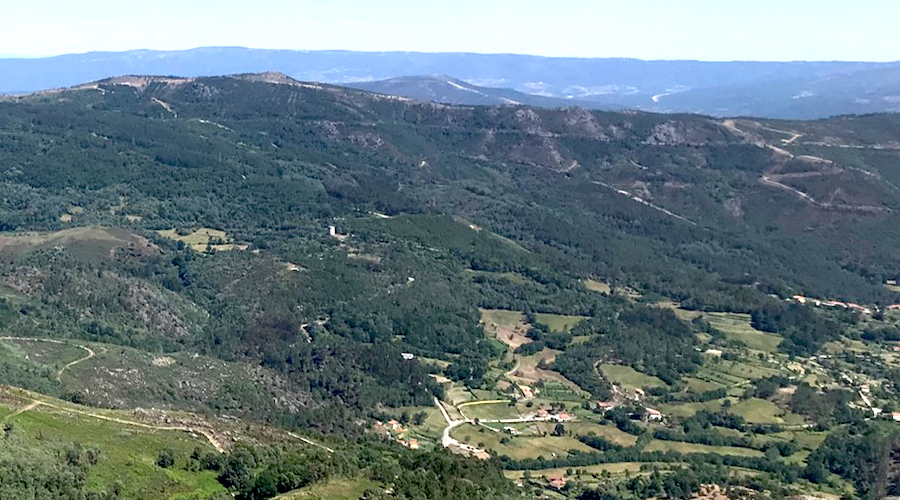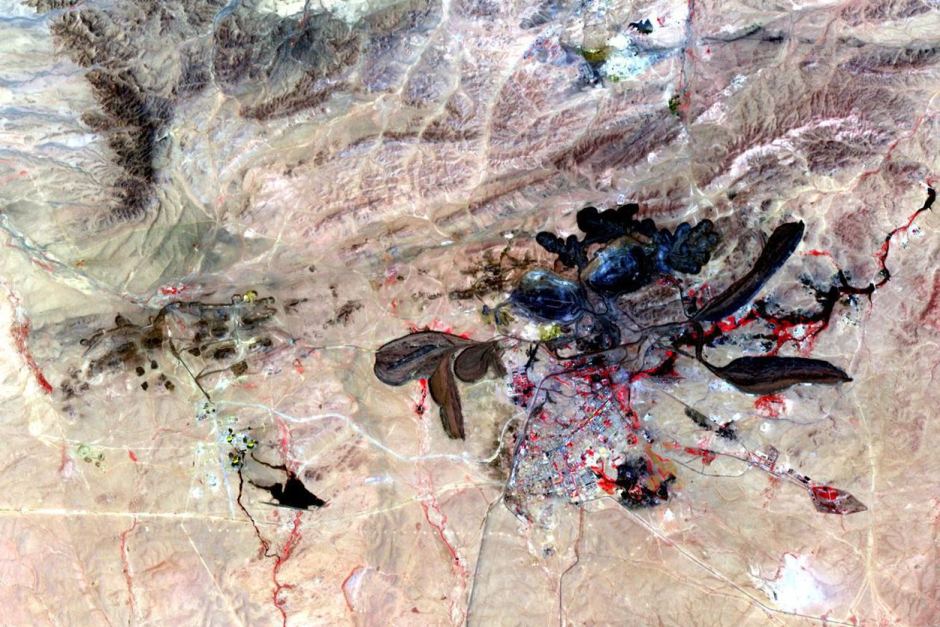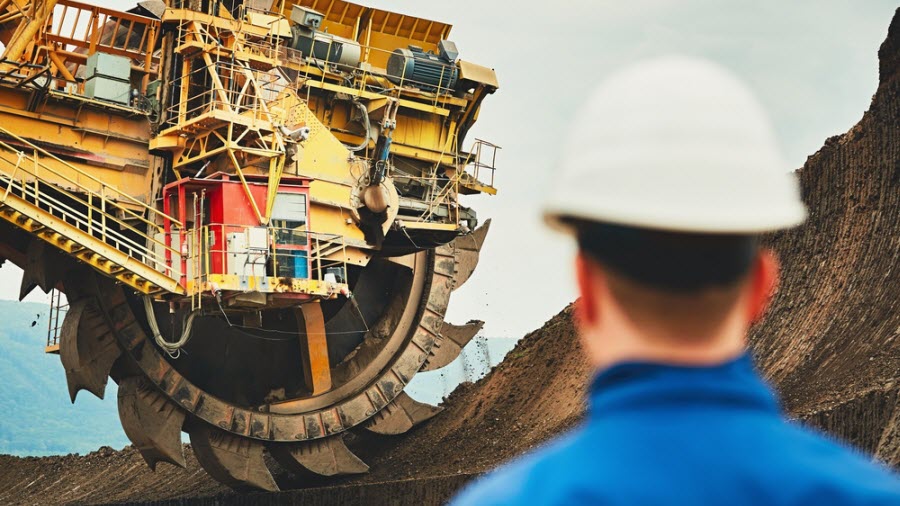Germany to backstop Savannah’s spodumene lithium project in Portugal

Germany’s export credit agency Euler Hermes has signed a non-binding letter of interest for a project finance loan guarantee of up to $270 million for Savannah Resources (LSE: SAV) to develop the Barroso lithium project in northern Portugal.
The loan guarantee scheme, which covers 80% of a loan made to a project, will provide an attractive basis for Germany’s KfW IPEX-Bank and other financial institutions to lend to the mining project, Savannah says. KfW IPEX-Bank, a key development bank, has supported Savannah throughout the loan guarantee process.
The guarantee underscores the sense of urgency in Germany and other members of the European Union to develop a domestic lithium supply chain and reduce dependence on imports from China, which supplies about 97% of the continent’s lithium requirements.
“It’s a significant step for us and comes after the Critical Raw Materials Act was passed,” Emanuel Proença, Savannah’s CEO, said in an interview. “It’s a clear awareness by Europe that it needs to step up its game especially versus China for the transformation of an industry that is absolutely critical.”
Shares in Savannah Resources were down a penny on Monday in London at 4.3 pence apiece, valuing the company at £92.1 million. They’ve traded in a 52-week range of 1.5 pence to 5 pence.
Local sources
The European Critical Raw Materials Act was passed into law in May—just 12 months after the legislation was introduced—and mandates that 10% of the EU’s annual consumption of critical raw materials is sourced domestically and 40% is processed in Europe by 2030.
“The fact that this legislation was passed in record time, and that in a few months after it was passed it is already starting to generate actions like this one, and by some of the most critical entities in Europe, shows there is positive movement in trying to build these supply chains,” Proença noted.
News of the loan guarantee on Dec. 3 follows an equity investment and offtake agreement Savannah signed in June with Amsterdam-listed AMG Critical Materials Group, a spodumene concentrate producer with a German subsidiary AMG Lithium.
Under the strategic partnership, AMG took a 15.8% stake in Savannah and can purchase 45,000 tonnes of spodumene concentrate a year for a five-year period from Barosso.
The agreement can be extended to 90,000 tonnes of spodumene concentrate annually for ten years if AMG provides a full funding solution for the project’s initial capex.
New refinery
In September, AMG opened a lithium hydroxide refinery near Berlin, with capacity of 20,000 tons of battery grade lithium hydroxide per year—sufficient to produce enough batteries for about 500,000 electric vehicles.
Savannah’s Barosso project in northern Portugal, about 145 km from the deep-water port of Leixões near the city of Porto, has a JORC-compliant resource of 28 million tonnes grading 1.05% lithium oxide (Li2O) and consists of five main deposits.
A 2023 scoping study forecast a 14-year mine life producing a total of 2.6 million tonnes of 5.5% Li2O grade spodumene concentrate. At an average annual production rate of 191,000 tonnes of concentrate, the project will produce 26,000 tonnes of lithium carbonate equivalent a year.
The early-stage study estimated an after-tax net present value (at an 8% discount rate) of $953 million and internal rate of return of 77.3%.
Initial capex of $236 million, excluding contingencies, could be repaid in just under a year and a half. The capex grows to $280 million including a 19% contingency.
The company expects to complete a feasibility study next year, start construction in 2026 and production in 2027.
Oversupplied market
If there is one thing metals analysts seem to agree on it’s that the lithium market is oversupplied. Nine new lithium mines started production around the globe in 2023, according to figures from S&P Global, and the market is awash in the critical metal, with prices plumbing multi-year lows.
But Proença reasons that by the time Barosso is up and running, the lithium market will have re-balanced and prices recovered.
“It’s obvious that the market went through a huge spike in 2022 and then through a hangover and it is still going through a hangover,” he says. “But when you look at the pipeline of new projects between 2026 and 2029, you actually see very little … There will be a deficit coming back in 2027 and beyond, and that deficit will become more pronounced because prices are a bit depressed.”
Michael Widmer, Bank of America’s London-based metals strategist, sees 2025 as “the inflection point” for the battery metal.
“You need to see more production cutbacks on the upstream mining side for the lithium market to rebalance,” Widmer said in a Dec. 4 conference call with media discussing his metals outlook.
“One of the issues we’re having is there is a much more strategic focus now from companies and also from government on lithium supply,” he said. “All of that means there is a whole subset of operations the governments want to bring to light because of the realization that lithium is a key resource.”
Thacker Pass
The German government’s potential loan guarantee for Savannah’s lithium project in Portugal is just one example, he said. Others include the recent $2.26 billion loan from the US government’s Energy Department to Lithium Americas (TSX: LAC; NYSE: LAC) and its Thacker Pass lithium project in Nevada. The loan will finance the construction of a refining plant. Initially, Thacker Pass is expected to produce 40,000 tonnes a year of battery-quality lithium carbonate.
Even in Serbia, momentum behind the need for a critical raw materials supply chain is gaining traction. Belgrade and the EU signed a memorandum of understanding in July launching a strategic partnership on sustainable raw materials, battery value chains and electric vehicles.
In August, Serbia’s Constitutional Court sided with Rio Tinto (NYSE: RIO; LSE: RIO; ASX: RIO) in overturning a 2022 government decision to block the miner’s controversial Jadar hard rock lithium project. If the project reaches production, it will churn out 58,000 tonnes a year of battery-grade lithium carbonate — about 17% of European demand and enough for one million electric vehicles.
More News
Infographic: Copper spheres of control
Who controls the future of copper?
April 10, 2025 | 09:34 am
Column: China primes rare earths weapon as trade war escalates
April 10, 2025 | 08:43 am
{{ commodity.name }}
{{ post.title }}
{{ post.date }}




Comments